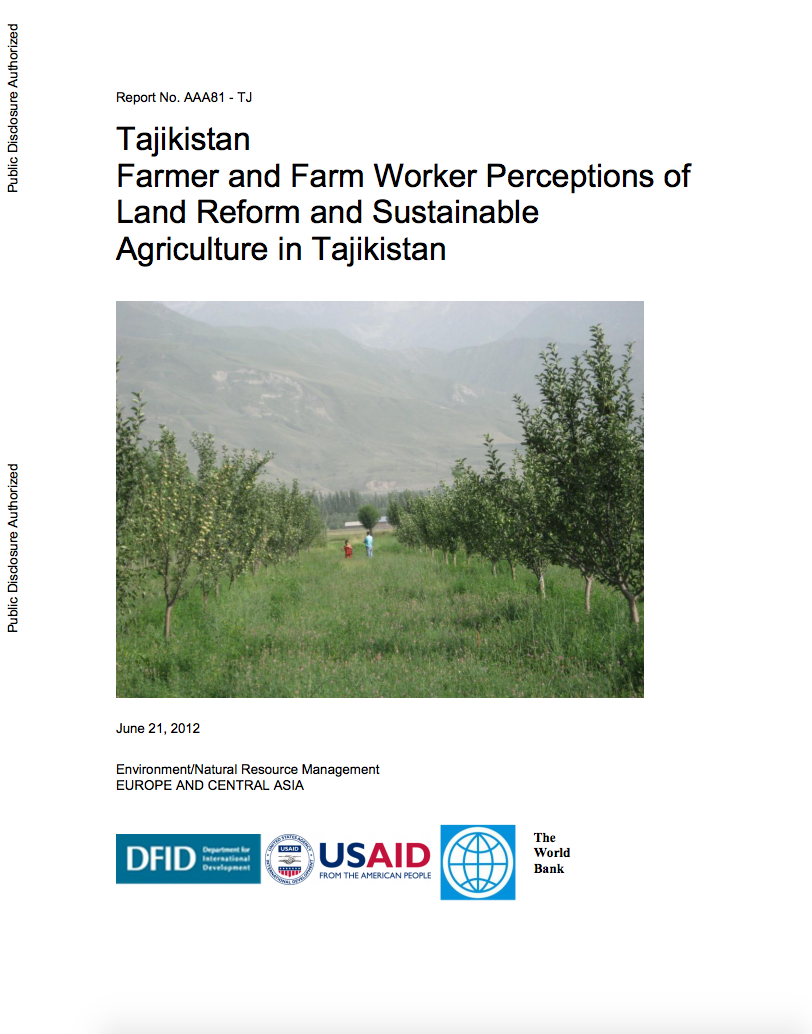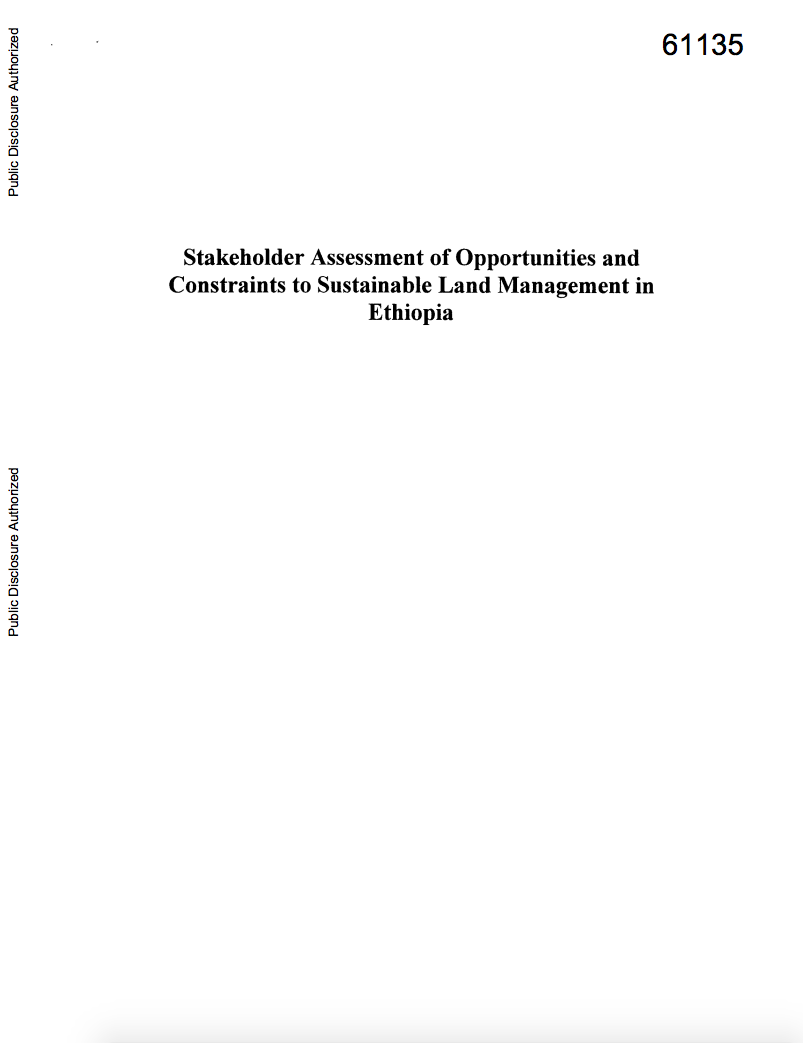Unlocking Land Values for Urban Infrastructure Finance : International Experience--Considerations for Indian Policy
Despite strong economic growth,
investment in basic urban infrastructure -- water supply,
wastewater removal and treatment, roads, and other
capital-intensive systems -- has failed to keep pace with
urban growth, leaving a critical urban infrastructure
deficit. At the same time, urban lands in these many
developing countries are among the most expensive in the
world. Much of this land is owned by public authorities.



